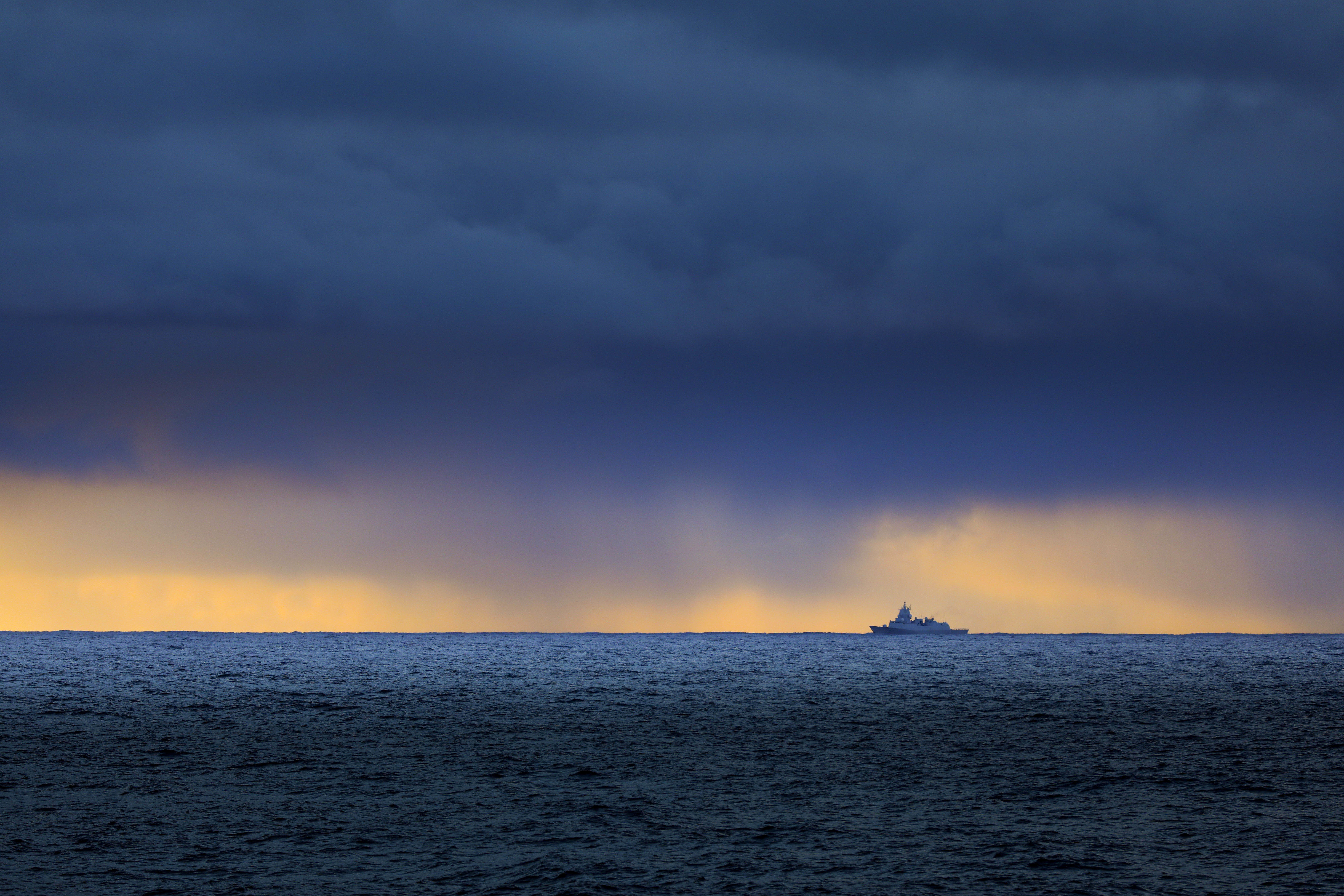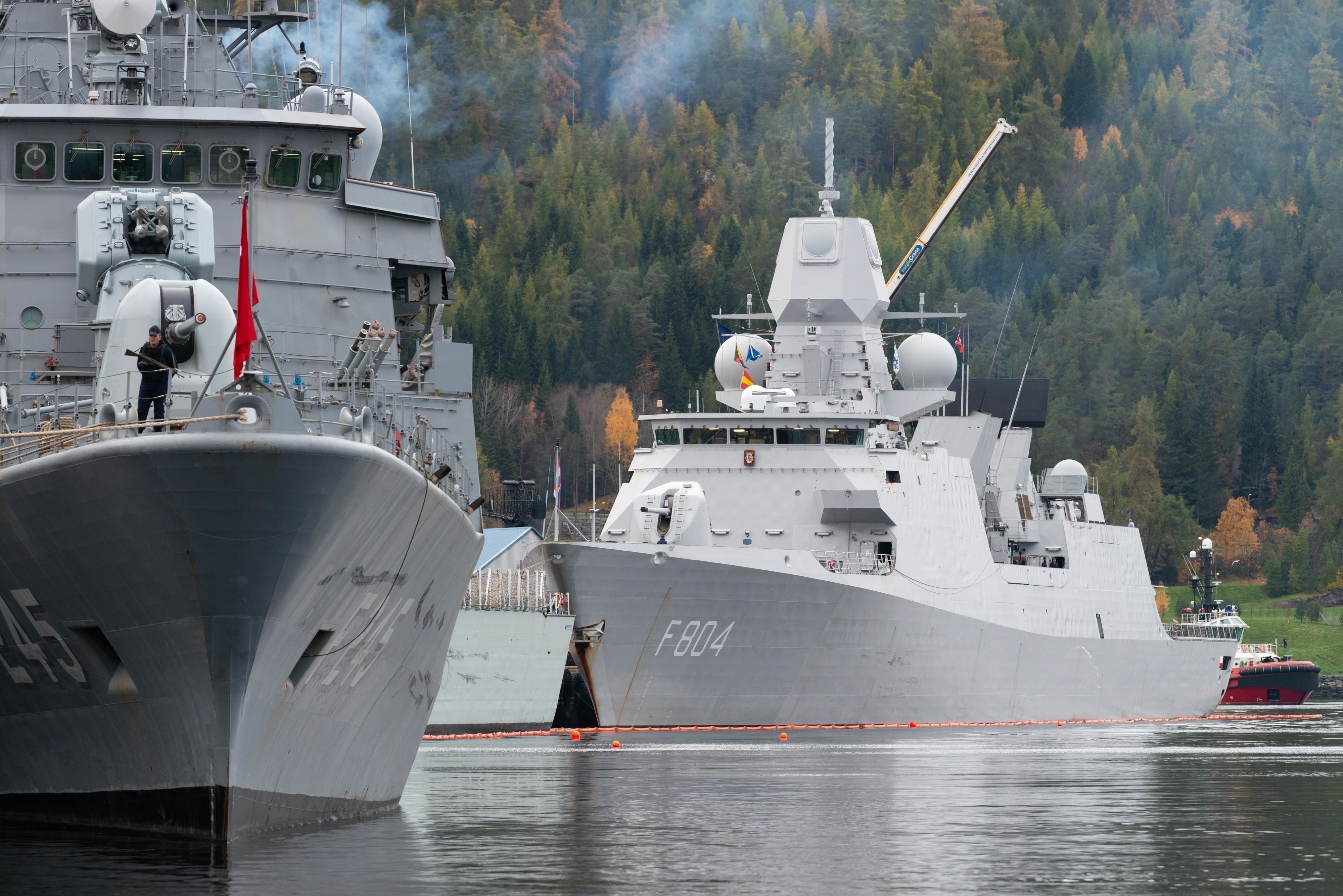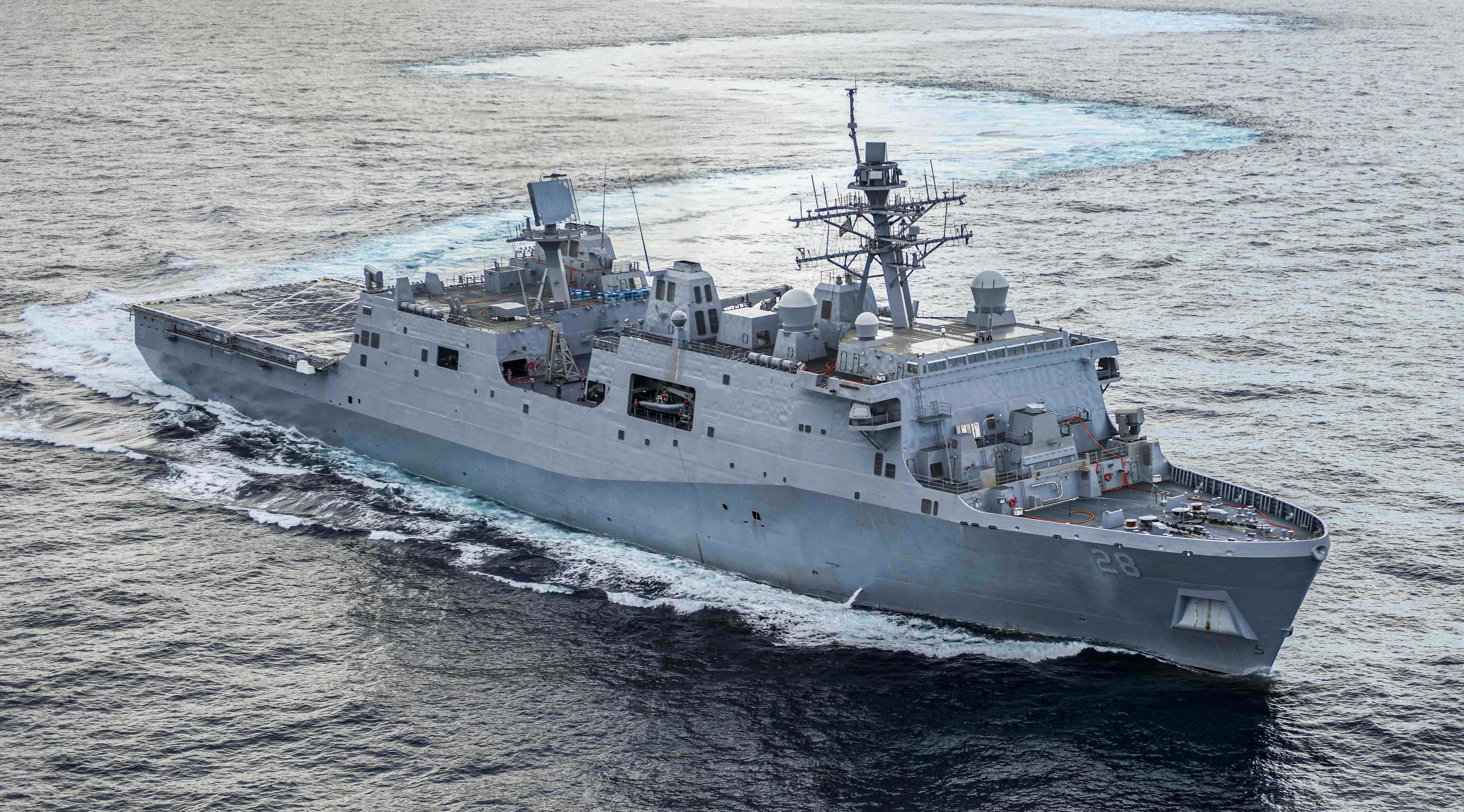
NATO and the European Union need to spend significantly to reestablish high-end naval presence and invest in rail cars and maritime containers, ports, bridges, highways, tunnels and airfields if they want to successfully deter potential Russian aggression, a panel of Northern European security experts said on Wednesday.
“It was striking how unprepared we were in 2014” when the Kremlin occupied Crimea and claimed it was to protect its Black Sea fleet, former U.S. Ambassador to Russia and NATO Alexander Vershbow said.
Vershbow noted the United States naval presence in the North Atlantic and Baltic Sea had been greatly reduced, as well as its air presence in Europe, and that only two combat brigades were on the ground when all this was occurring. Vershbow spoke at an event at the Atlantic Council event in Washington, D.C.
The alliance was at that time committed to continuing peacekeeping operations in the Balkans, and military operations and security force training in Afghanistan. Some NATO countries were also involved in operations in Iraq and later in Libya, taking their focus away from the northern Europe and along the alliance’s borders with Russia.
“Steadily we [NATO, following a summit in Wales] got our act together” by having members commit to meeting a spending goal of 2 percent of gross domestic product on security, Vershbow said. But burden-sharing remains a contentious issue, particularly for the United States
But gaps still remain, not only in forward naval presence and infrastructure, but also in cyber coordination, countering Kremlin attempts at subversion and disinformation.
“We are now demonstrating we can mobilize quickly” through large-scale exercises like Trident Juncture 18, and new commitments to streamline alliance bureaucracy and re-establish American military presence on the continent, Vershbow said.
Also, the informal partnership with Finland and Sweden – both members of the European Union but not NATO – with their NATO partners “sends a political message to Russia,” Vershbow said while acknowledging the differences that still exist in such an arrangement.
“Together we can make a difference,” Svein Efjestad, policy director at Norway’s ministry of defense, added at the event, referring to the close security cooperation of the five Nordic countries and their increased ability to work together with Estonia, Latvia and Lithuania on mutual defense issues in the Baltic Sea. He also pointed to the countries’ “easy access” program to cut bureaucratic hurdles to landing forces, unloading cargo ships and moving equipment, materiel and forces across borders as a positive step in both deterring Moscow or coming to the defense of a nation attacked.
Nevertheless, despite the positive steps taken in the past four years, Rolf Tamnes, a professor at the Center for Norwegian and European Security at the Norwegian Institute for Defense Studies, said the size of the American Navy “leaves European navies with facing Russians [alone] in the early phase of conflict” in the Baltic or northern waters.
“There is a need for high-end maritime groups” in the Baltic and northern waters, he said. Tamnes added the alliance also needed to regain its anti-submarine warfare superiority over the Russians, whose Northern Fleet has become far more active since 2014, and invest in autonomous vessels for a variety of missions.
“What are the costs,” he asked rhetorically, of not spending in those areas.

Vershbow said it was important to look at defense and security issues in Northern Europe as split into two regions: the Atlantic, such as the Greenland-Iceland-United Kingdom Gap used by Russian submarines for transit, where maritime issues predominate, and the Baltic, where air and ground issues are front and center.
In the maritime domain for the Atlantic, he noted the importance of being able to reinforce Europe from the United States in case of war and the need for the new joint force command in Norfolk “to have a true warfighting structure” to be effective.
Alliance defense ministers approved in June a new NATO Readiness Initiative, called the “Four Thirties” – 30 battalions, 30 squadrons and 30 ships ready for deployment in 30 days – as well as the command in Virginia and a sustainment and support command in Ulm, Germany.
When asked about Beijing’s interest in the High North, particularly in light of its investments in ports for energy exports from the Russia and icebreakers, Efjestad said, “it’s difficult to see a major Chinese military engagement in the Arctic.”
But there are other worrisome moves that Beijing is trying in the High North.
For example, when China offered to build an airfield in Greenland, Tamnes said the United States and Denmark reacted quickly to this challenge of a “new imperialism” close to their borders by offering to pay for the project.
Moves like that show China “is globalizing its activities,” he added.





